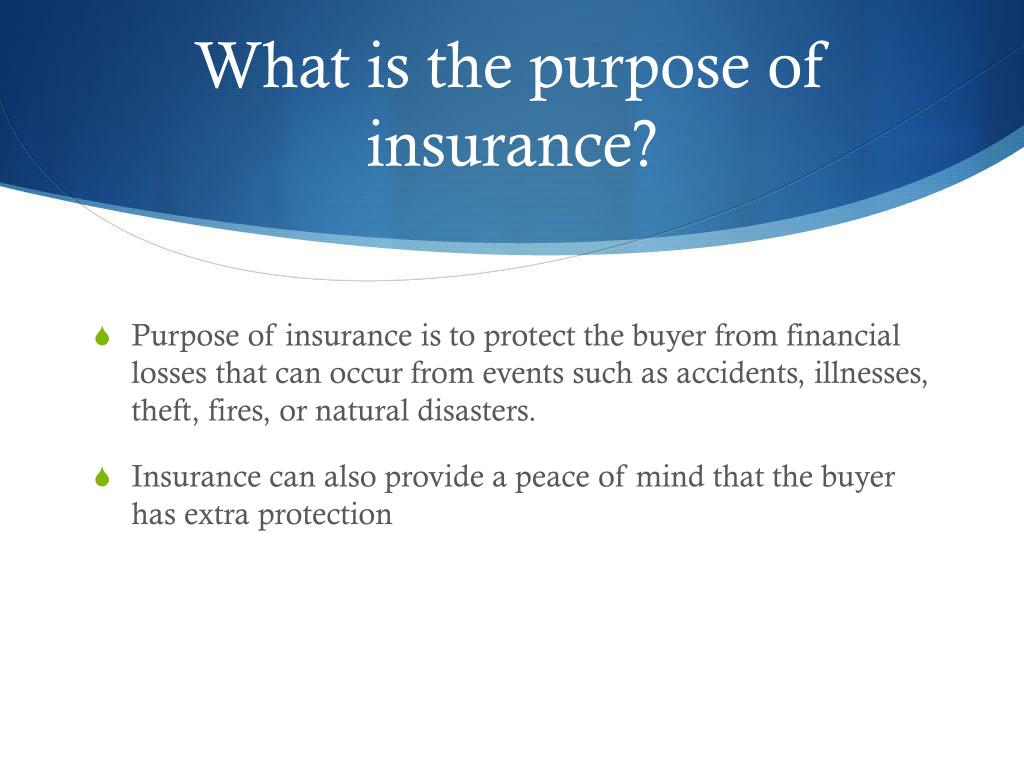Pacific Prime Fundamentals Explained
Table of ContentsThe smart Trick of Pacific Prime That Nobody is DiscussingPacific Prime Can Be Fun For EveryoneExamine This Report about Pacific PrimePacific Prime Things To Know Before You Get This
In most states, the insurer is required to send you a copy of the changes to your policy. It is important that you read Endorsements or Motorcyclists so you comprehend exactly how your policy has changed and if the policy is still sufficient to satisfy your needs. To get a duplicate of your insurance plan, please contact your insurance coverage representative or business.
The Institute of Medication (IOM) Board on the Repercussions of Uninsurance launches a prolonged examination of proof that addresses the value of medical insurance coverage with the publication of this report. Protection Issues is the very first in a series of six reports that will be issued over the following 2 years documenting the reality and consequences of having actually an estimated 40 million individuals in the USA without health and wellness insurance protection.

Excitement About Pacific Prime
The objective of this series of research studies is to refocus plan interest on a longstanding issue. Complying with the lengthiest economic development in American background, in 1999, an estimated one out of every 6 Americans32 million grownups under the age of 65 and even more than 10 million childrenremains uninsured (Mills, 2000).

Ten percent of the population make up 70 percent of health care expenses, a correlation that has stayed consistent over the previous 3 decades (Berk and Monheit, 2001) - group insurance plans. Thus health and wellness insurance continues to serve the function of spreading out risk even as it progressively funds regular care. From the viewpoint of health care service providers, insurance coverage lugged by their patients helps secure an income stream, and areas take advantage of financially practical and steady health care professionals and institutions
Government provides medical insurance to populaces whom the personal market may not serve effectively, such as impaired and seniors, and populaces whose accessibility to wellness treatment is socially valued, such as kids and expecting ladies. The supreme ends of wellness insurance policy protection for the private and areas, consisting of work environment communities of staff members and companies, are enhanced health end results and top quality of life.
Top Guidelines Of Pacific Prime
Employees place medical insurance first by much in importance amongst all the benefits provided in the workplace (Salisbury, 2001). There have actually been sizable financial investments of personal and public funds to give health insurance policy, numerous individuals still have no insurance coverage. In spite of comprehensive coverage of survey searchings for and healthcare study results, the basic public remains confused and mistaken about Americans without health and wellness insurance coverage and the effects of lacking coverage.

Without question, the complexity of American healthcare funding systems and the riches of resources of information contribute to the general public's complication and uncertainty concerning health insurance coverage data and their analysis. This record and those that will certainly follow purpose to distill and provide in conveniently easy to understand terms the substantial study that bears upon inquiries of medical insurance coverage and its significance.
Fifty-seven percent of Americans questioned in 1999 believed that those without medical insurance are "able to get the treatment they require from physicians and hospitals" (Blendon et al., 1999, p. 207). In 1993, when national attention was concentrated on the problems of the without insurance and on pending health care legislation, simply 43 percent of those polled held this belief (Blendon et al., 1999).

They additionally get fewer preventative services and are less most likely to have regular take care of chronic problems such as high blood pressure and diabetes. Chronic diseases can result in pricey and disabling complications if they are not well managed (Lurie et al., 1984; Lurie et al., 1986; Ayanian et al., 2000). One national survey asked greater than 3,400 grownups regarding 15 highly major or morbid problems.
Everything about Pacific Prime
Extra proof is provided later on in my explanation this phase in the conversation of insurance coverage and accessibility to healthcare. https://www.domestika.org/en/pacificpr1me. People without health insurance policy are young and healthy and balanced and choose to go without protection. Virtually fifty percent (43 percent) of those evaluated in 2000 thought that people without medical insurance are more most likely to have health problems than individuals with insurance coverage
Citizens and policy manufacturers in focus team conversations define those without insurance policy as young people that have the opportunity to be covered and feel they do not need it (Porter Novelli, 2001). Compared to those with at the very least some private insurance coverage, the uninsured are much less most likely to report remaining in exceptional or great health and wellness (Firm for Health Care Study and High Quality, 2001).
RESOURCE: Center for Expense and Funding Studies, Company for Healthcare Research Study and Top quality, based on MEPS information. Young grownups between 19 and 34 are even more most likely to do not have health insurance policy than any type of various other age group. This is primarily because they are less usually eligible for employment-based insurance because of the nature of their job or their short tenure in it.
The perception that individuals without insurance policy have better-than-average health follows from perplexing the relatively young age profile of the uninsured with the much better wellness, typically, of younger persons. This obscures the link between health and wellness standing and medical insurance. For those without access to work environment health and wellness insurance coverage, inadequate health is a potential barrier to buying nongroup protection since such protection might be highly priced, omit pre-existing problems, or be merely inaccessible.